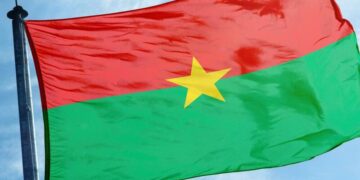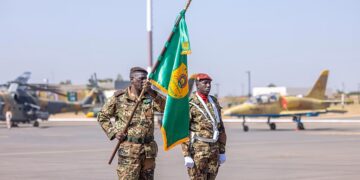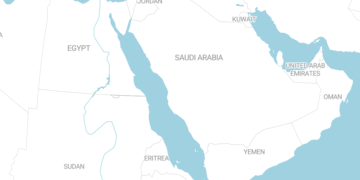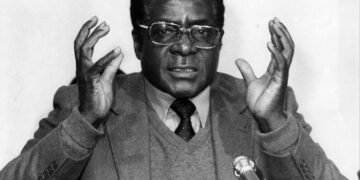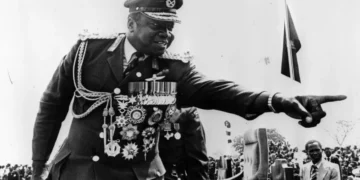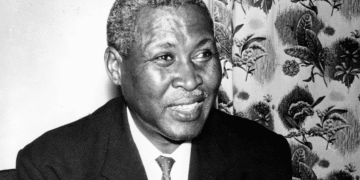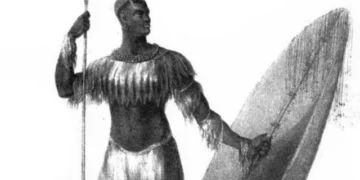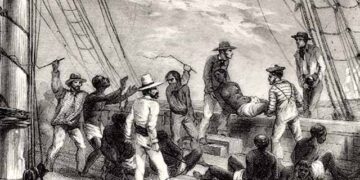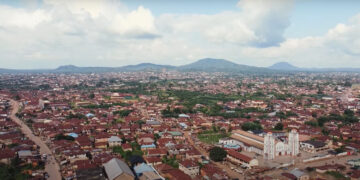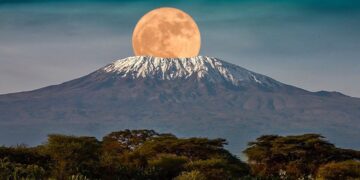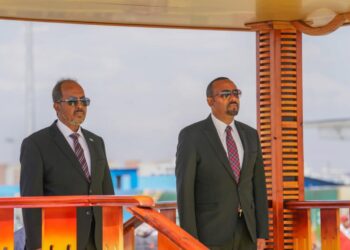The Kalenjin people are recognized as one of the major ethnic groups in East Africa, specifically in Kenya. Their historical and cultural roots span centuries, and their identity is characterized by a rich heritage and deep-rooted traditions. They represent a group of linguistically and culturally similar tribes that settled in the Greater Rift Valley and adjacent areas.
Anthropological and linguistic studies indicate that the Kalenjin are part of the Nilotic peoples who migrated from North Africa (possibly from present-day South Sudan) to East Africa several centuries ago. They are believed to have arrived in Kenya in several stages, settling in the Western Highlands.
The word “Kalenjin” was adopted as a collective identity for similar tribal groups in the mid-20th century. Prior to this, each tribal community had its own distinct identity, such as the Kipsigis, Nandi, Keiyo, Marakwet, Sabaot, Pokots, Tugen, Terik and Ogiek. This unification came as a response to the political and social changes that Kenya experienced during and after the colonial period, with the aim of strengthening unity and political influence.
Traditionally, Kalenjin society relied on agriculture and livestock herding as its primary economic activities. Raising cattle, goats, and sheep was not only a source of food but also a measure of wealth and social status. Land was considered communal property and used for seasonal farming.
The Kalenjin are known for their clan- and village-based social system, where daily life was governed by traditional rules and customs. Each village had a council of elders who made important decisions, and collective interests were prioritized over individual interests.
Life cycles, such as birth, circumcision, marriage, and death, are important milestones in the life of a Kalenjin individual. Rites of passage, particularly male and female circumcision (fibulation), are among the most important cultural practices. These rituals take place during adolescence and mark the individual’s transition from childhood to adulthood and responsibility.
Kalenjin culture is characterized by a rich oral heritage of songs, poems, proverbs, and folktales passed down from generation to generation. These narratives are used to teach moral values, document history, and celebrate significant events.
Kalenjin athletes are an integral part of their modern identity. They have achieved international fame in middle- and long-distance running, dominating podiums at the Olympic Games and world championships. This phenomenon is attributed to several factors, including genetics, the high-altitude environment in which they live, intensive training from a young age, and community support for athletic talent.
Religiously, traditional Kalenjin beliefs centered on the belief in a supreme deity called Asset, who is considered the creator of the universe and the source of all things. They also believed in spirits and ancestors, and sacrifices were made on important occasions. With the spread of Christianity in Kenya, the majority of Kalenjin converted to Christianity, but some ancient traditions and beliefs remain in their daily practices.
Like other indigenous peoples in Africa, the Kalenjin have faced multiple challenges in the modern era, including economic changes, the erosion of some ancient traditions, and conflicts over resources. They have also played a prominent role in the Kenyan political landscape, and their history has witnessed the rise of political leaders from among their own ranks.
One of the most significant challenges they face is the preservation of language and culture. With the spread of Swahili and English, the new generation faces pressure to learn national languages at the expense of their mother tongue. However, there are concerted efforts by those concerned with preserving cultural heritage and passing it on to future generations.


